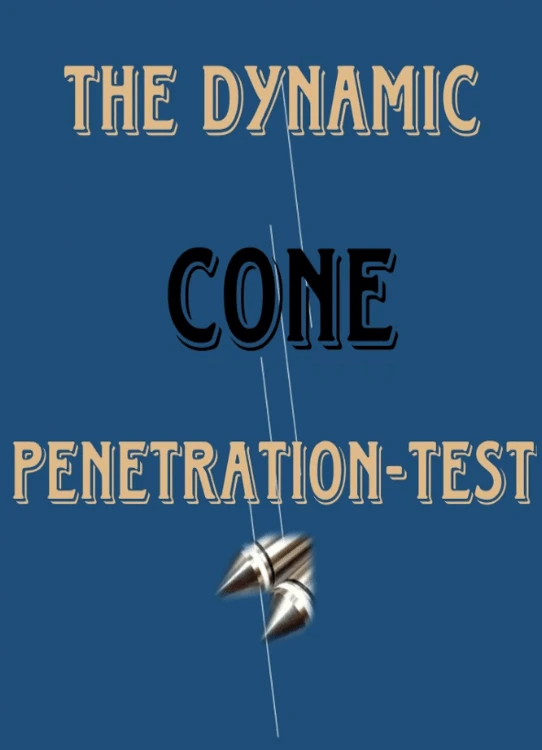The Dynamic Cone Penetration Test provides a measure of a material’s in-situ resistance to penetration. A cone penetration test determines Soil and rock properties of soils.
Therefore, The cone penetration test has become internationally one of the most widely used and accepted test methods for
determining geotechnical soil properties. In Canterbury the data gained from a cone penetration test used
to assess whether soil layers are likely to liquefy under different levels of earthquake shaking.
Furthermore, The dynamic cone penetration (DCP) test provides a measure of a materials in-situ resistance to penetration. The test determines the structural properties of sub-grade materials beneath road pavements.
Therefore, If the DCP cone penetrates quickly into the soil, it indicates the material has poor strength or insufficient compaction. Thicker pavement layers and better compaction needed. large number of blow requirement to cause the cone to penetrate a short distance, indicates a well compacted sub-grade.
What do the Dynamic Cone Penetration-Test results tell us?
Cone penetration test results gives understanding of the soil properties (the relative density of the soil and the soil behavior type, both of which are calculated from the cone penetration test cone tip resistance and sleeve friction) and how the ground is likely to behave under different levels of earthquake shaking. This information can help in the design of foundations and ground improvements.

